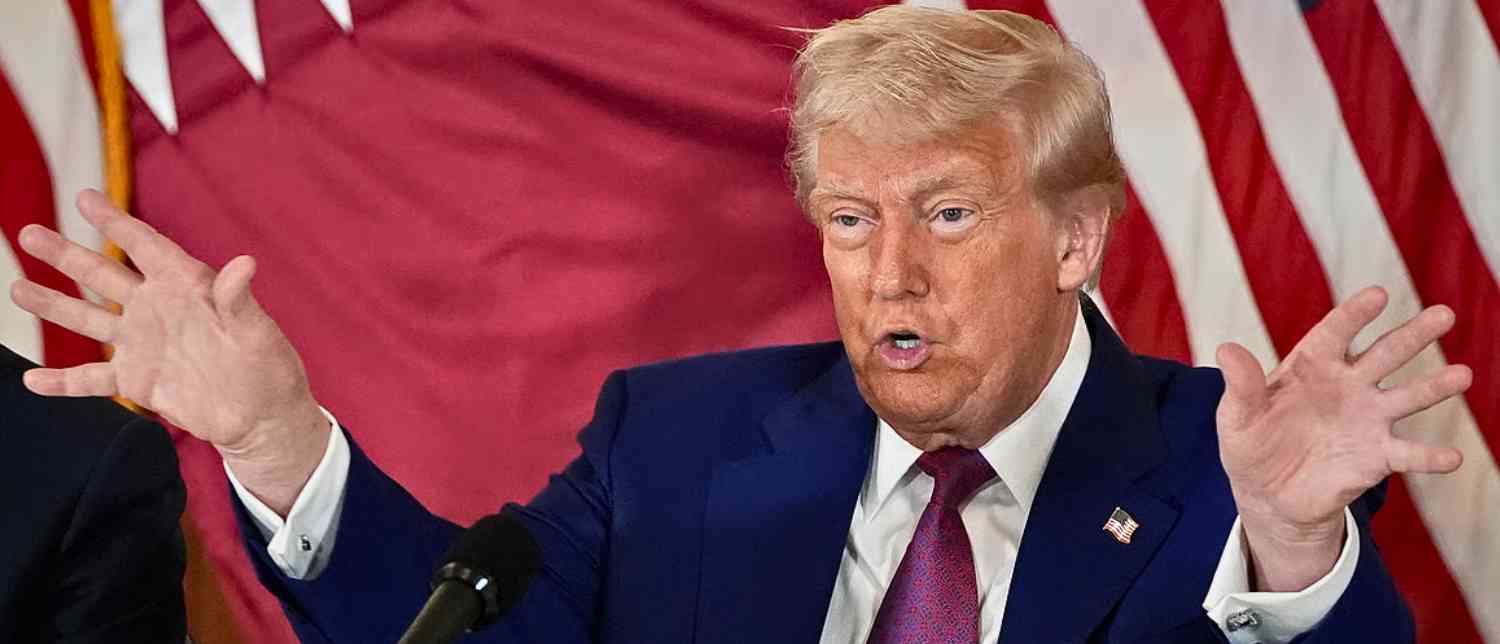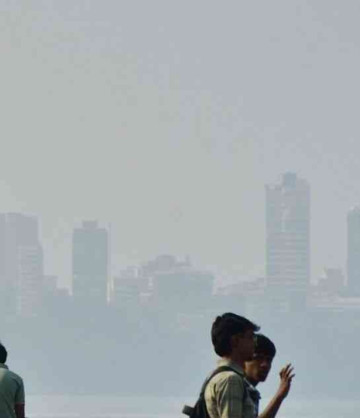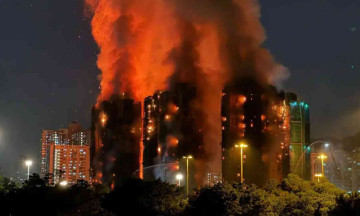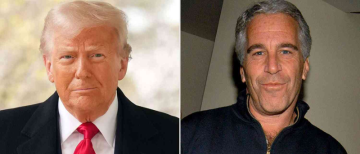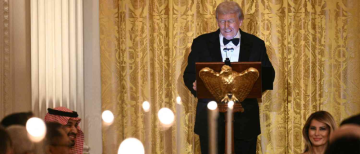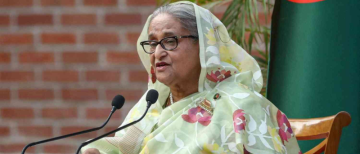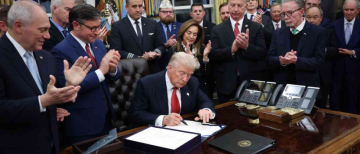On the recent ceasefire between India and Pakistan, the United States has strongly reiterated claims that former President Donald Trump was directly involved in promoting peace between the two nuclear-armed neighbors. US Secretary of State Marco Rubio described Trump as the “president of peace,” stating the US “got involved directly” when India and Pakistan were in conflict and credited Trump for helping deliver peace. Trump himself has claimed repeatedly that he helped settle tensions through talks focusing on trade incentives instead of war, suggesting that his administration used economic persuasion to halt hostilities.
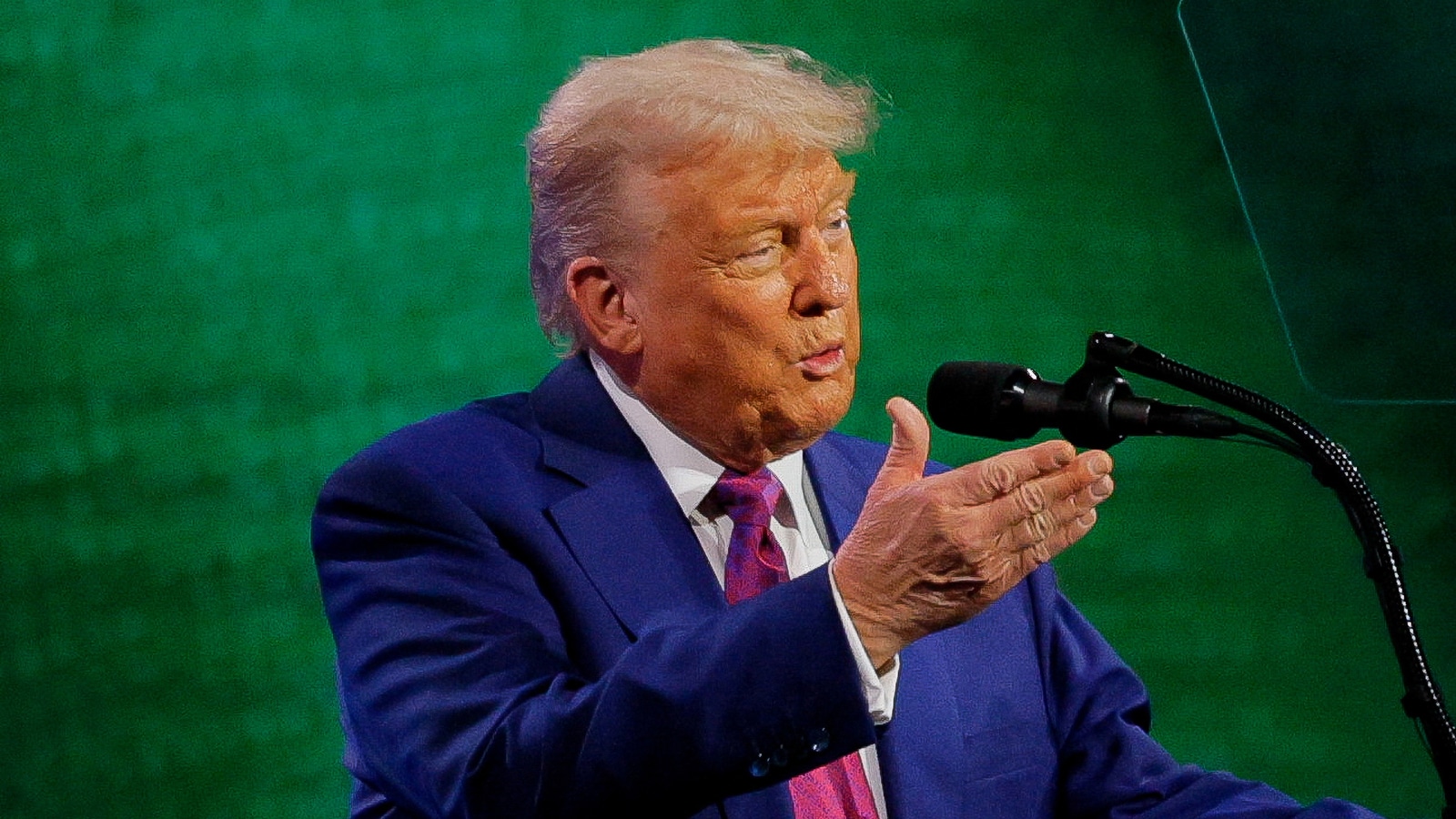
However, India has consistently denied any US mediation role in the ceasefire agreement. Indian Prime Minister Narendra Modi communicated directly with Donald Trump, making it clear that the military ceasefire was arrived at through direct communication between Indian and Pakistani armed forces, specifically via their Directors General of Military Operations (DGMOs). India stressed that throughout the period from the attack in Pahalgam until the May ceasefire, no US mediation or trade discussion took place. External Affairs officials also reinforced that India rejects third-party mediation on Kashmir and that the matter remains strictly bilateral.
Pakistan’s side indicated that the ceasefire occurred after military communications where Pakistan's DGMO responded to an Indian military outreach. The talks to halt military operations were bilateral and initiated at Pakistan's request, without external mediation.
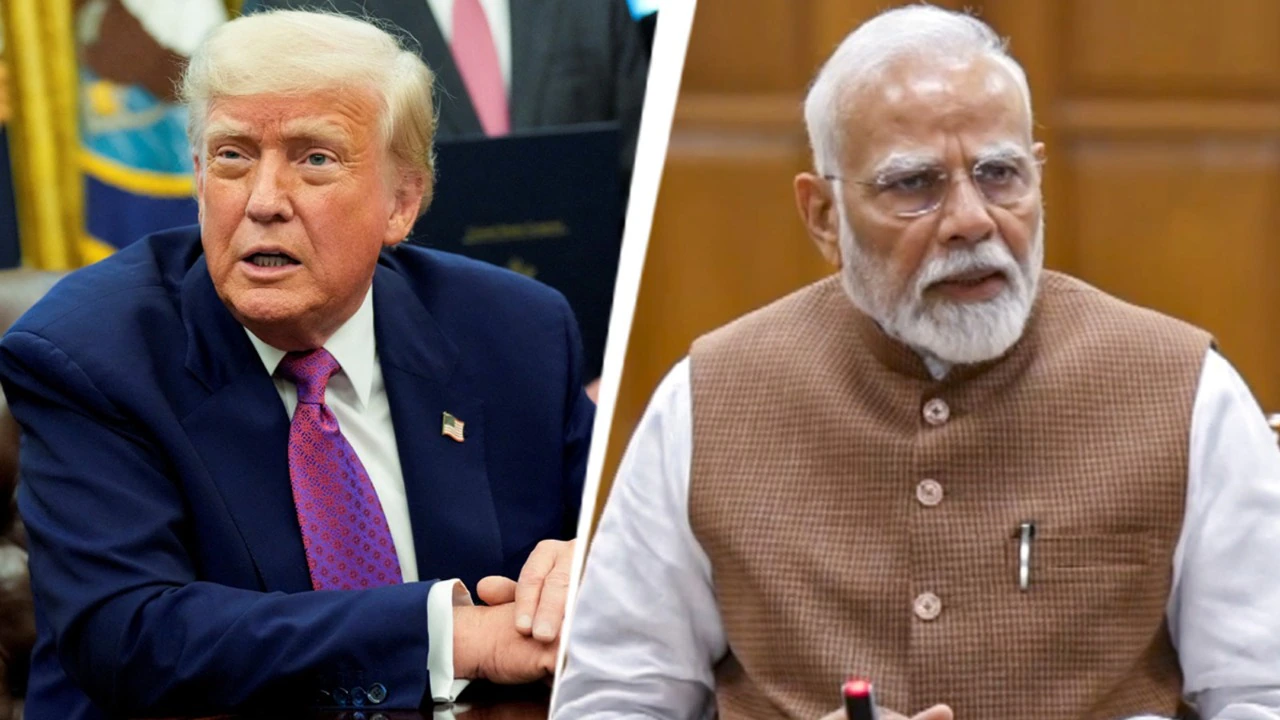
This situation reveals an interesting contrast in narratives. On one hand, the US political leadership portrays active diplomatic engagement, using trade incentives and direct intervention as tools to calm tensions. On the other hand, India adheres to a firm policy of bilateral handling of disputes with Pakistan and denies any third-party involvement, affirming national sovereignty and regional strategy.
It is common in international diplomacy for leaders to claim credit for peace efforts as symbolic leverage or diplomatic capital. The US seeking a role in this conflict aligns with its broader strategic interest in South Asian stability and influence. India’s denial aligns with its longstanding stance to manage Kashmir and Pakistan relations internally rather than through external parties.
Both narratives offer insights: the US highlights its soft power diplomacy while India emphasizes sovereignty and direct bilateral dialogue. Such differing views are not unusual in complex geopolitical issues involving countries with historical distrust and a century-old conflict background.
The discourse on Trump’s involvement showcases the multi-layered nature of international peace processes—where official negotiations may happen bilaterally at military levels, yet global powers advocate or promote peace through their platforms and influence.
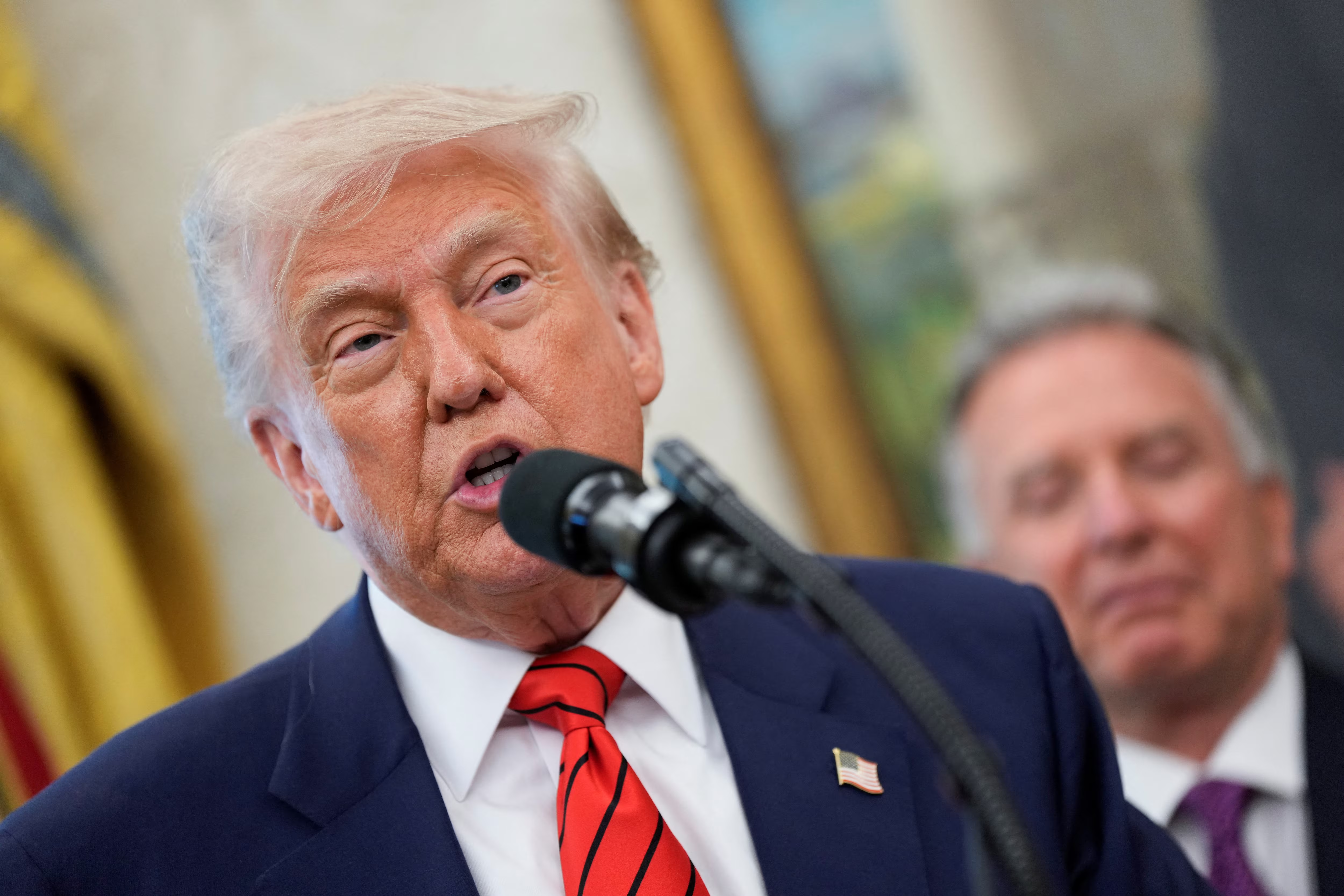
In essence, while the US claims Trump helped nudge India and Pakistan towards peace by leveraging trade discussions and diplomatic pressure, India maintains the ceasefire was strictly a result of direct military talks without external mediation. Understanding these differing perspectives could help observers appreciate the complexities of peace-building where official state policies, international diplomacy, and public political narratives intersect closely.
With inputs from agencies
Image Source: Multiple agencies
© Copyright 2025. All Rights Reserved. Powered by Vygr Media.

